15 seconds delay: how the brain saves a person from hallucinations and chaos (6 photos + 1 video)
Scientists already know a lot about the human body, but the brain still remains a little-studied phenomenon. After all, yesterday's brain facts can turn into myths today. It is too full of mysteries for neurobiology, which is developing but still in its infancy. 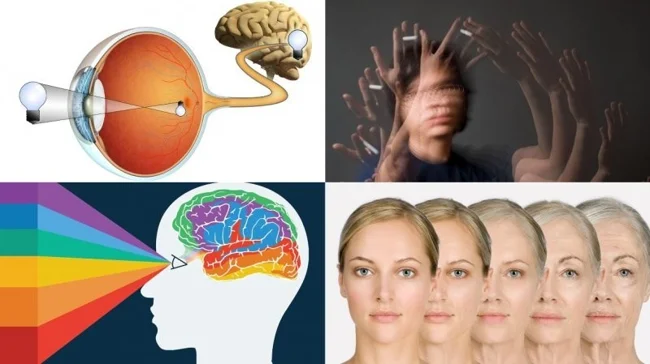
Still, it is not so easy to delve into the mind to understand how the brain receives, stores and retrieves the information we need. For example, recently scientists from the University of Aberdeen and the University of California came to the conclusion that our “gray matter” broadcasts things happening in the world with a 15-second delay. 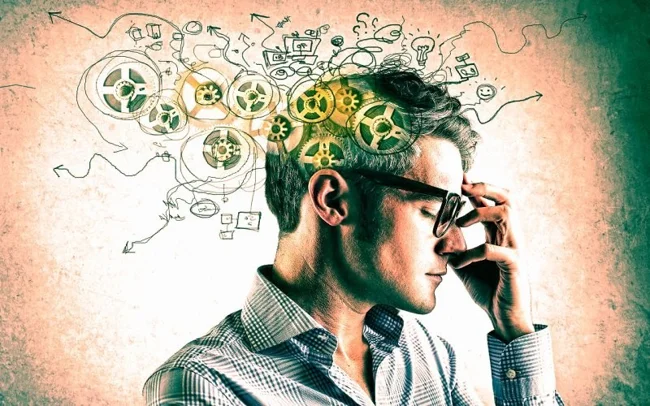
Of course, this does not mean that the brain shows us everything with a 15-second delay, otherwise we simply would not be able to live normally, constantly crashing into poles and trees, or, even worse, would get into various disasters. What the study shows is that the brain gives us a 15-second timeout to process all the data received and create a stabilized impression of what is happening.
It's no secret that every second we receive a colossal amount of visual information. Not only are there millions of shapes and colors moving around us, but we ourselves are often in motion. 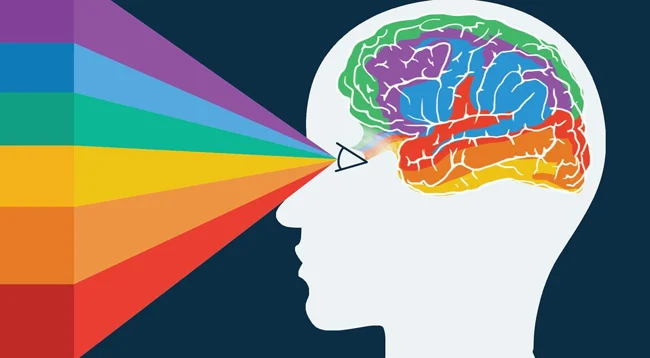
At this moment, a very chaotic picture enters the brain. It looks something like what it would be like if you decided to run around your apartment with your smartphone camera and quickly take pictures of everything around you. Most likely, the video will come out shaky and blurry.
This is exactly how we would see everything happening around us if the brain processed the image in real time. All this constant fluctuation of light and shapes would cause a feeling of continuous hallucinations, so that our “head computer” is forced to stabilize the picture so that we do not eventually go crazy. 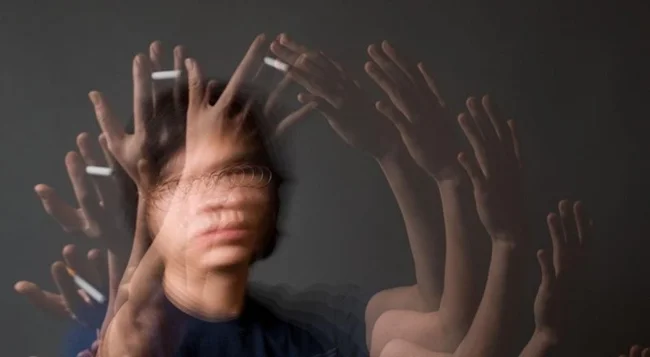
That is why it takes individual fragments and conveys an average picture of what a person saw over the last 15 seconds. These data are combined into one impression, formed on the basis of the similarity of objects. It is this seemingly small delay that allows visual information to be digested. 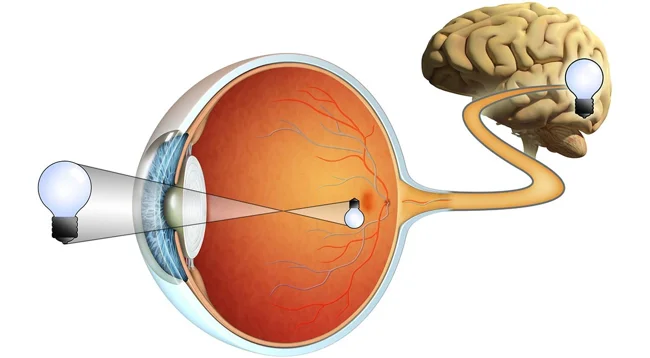
Scientists came to this conclusion after an experiment during which several hundred volunteers were shown a 30-second video of an aging person, and they had to determine how much older he had become. Almost all participants in the experiment made a mistake in their calculations, naming what was shown at 15 seconds.
This is why the brain does not register, for example, the growing up of children whom we all see, but grandmothers who see their grandchildren only on vacation are surprised at how they have grown.
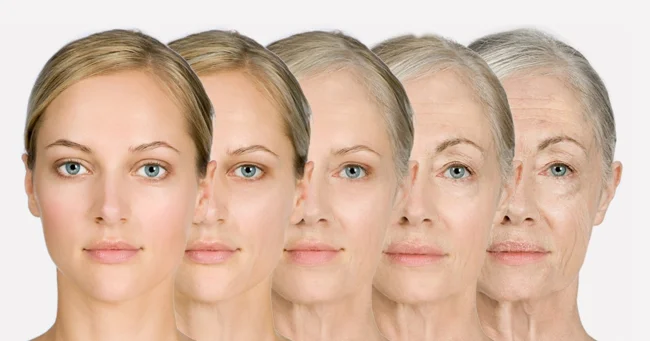
How close to the truth do you think the scientists’ conclusions are? Or is this just another fact that will turn into a myth in a couple of years?
